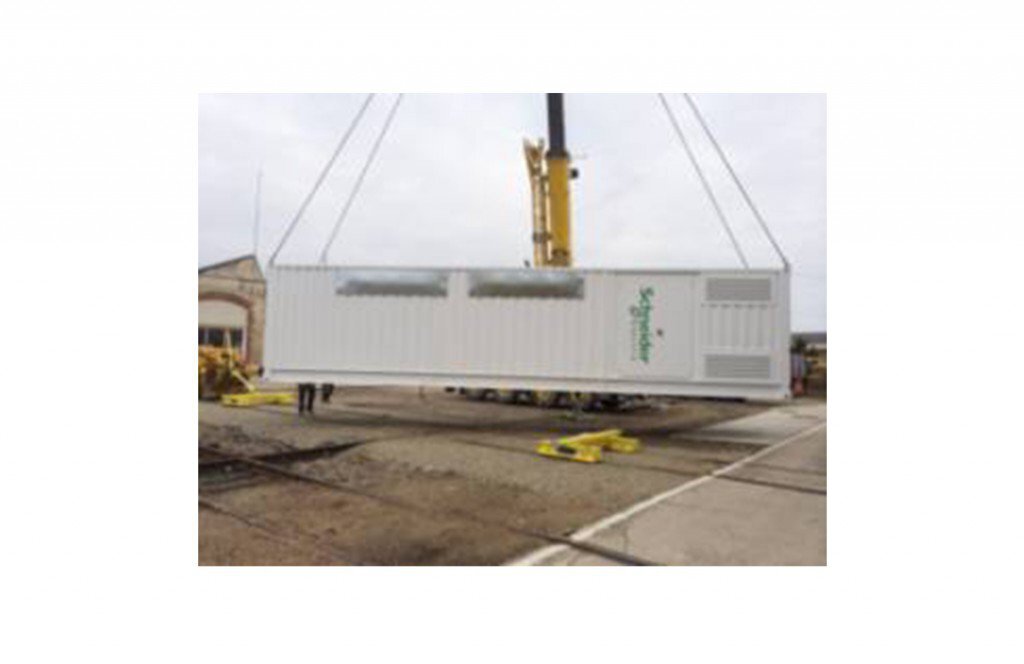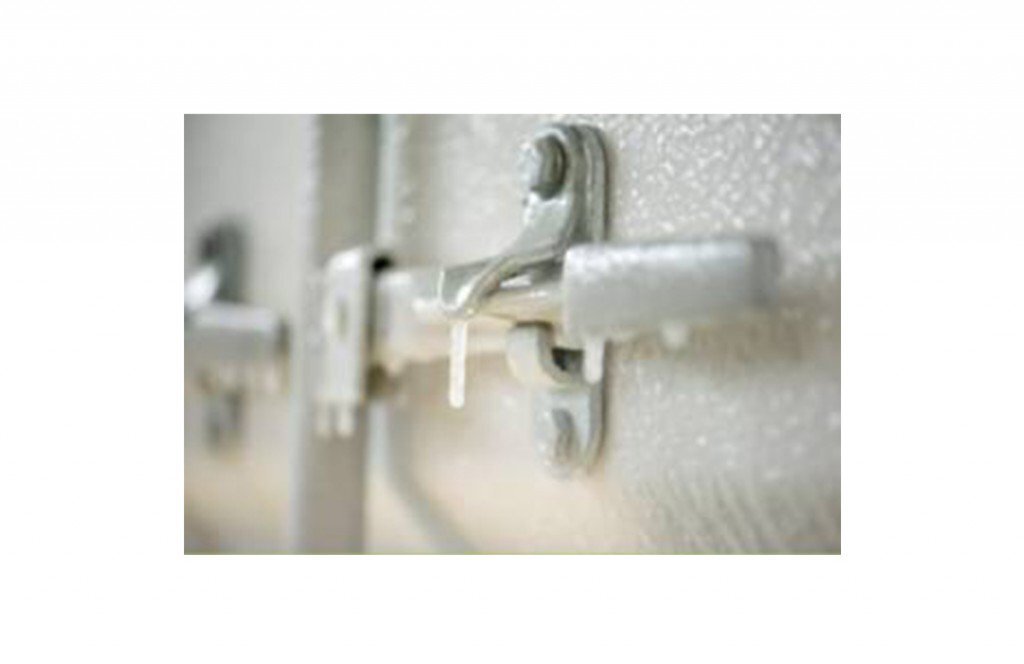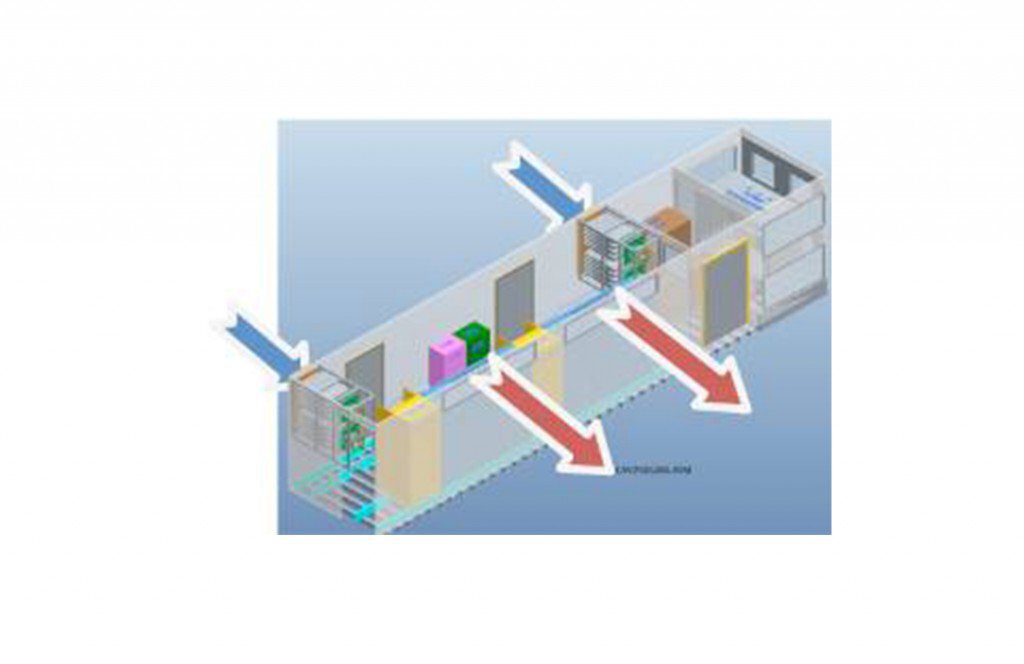Thermal and airflow characterization tests on current transformation containers
This is a study case written as part of the installation of the new current transformation container produced by Schneider Electric.
DESCRIPTION
Schneider Electric has developed a new current transformation container for the solar market. This equipment is intended to be used in places where installation of solar panels is possible, in many parts of the world, and even in extreme weather conditions (desert, mountain, etc.).
In this context, the product development department decided to conduct a thermal and airflow characterization of the system in order to provide its customers with a certain level of reliability in any environment.
Now diversifying its activities outside the rail industry, CETA (Thermal and airflow test chamber) allowed the Schneider PV Box project team to come and validate the behaviour of its prototype for four weeks, in February and March 2014.
DELIVERY OF THE SCHNEIDER PV BOX
The PV Box left the Schneider Electric assembly plant based in Spain by road. It was carried by two trucks that also carried some replacement parts and transformers required by the prototype.
Thanks to a crane, the container was placed on temporary bogies to get it into the lab by rails.

INSTALLATION OF THE PV BOX AND MEASUREMENT
To represent reality, it was necessary to simulate the “solar field” at the entry of the container in order to reproduce heating of electrical elements. For this purpose, CETA set up a generator to power the Schneider Electric system.
In order to analyze the airflow and thermal behaviour in detail, 80 sensors were required:
– 60 ambient temperature probes
– 8 contact temperature sensors
– 6 hygrometers
– 6 anemometer probes

CONDUCTING TESTS
Tests were carried out with the permanent presence of the customer in order to control the system within the PV Box as well as test conditions – that were managed by CETA. Continuous cooperation allowed both teams to have enough reactivity to conduct these tests with success.
CETA reproduced the most extreme conditions:
– From -20 °C to 50 °C
– Up to 1120 W / m² of sunlight
– Up to 100% humidity
Investigations have highlighted the strengths and weaknesses of each sub-system of the prototype and even allowed to test the PV BOX in two different airflow configurations.
At all stages of the tests, various project stakeholders from Schneider Electric came to CETA to bring their expertise in order to develop each system:
– Project Manager
– Automation Expert
– Electrician
– Thermal Specialist
– etc.





